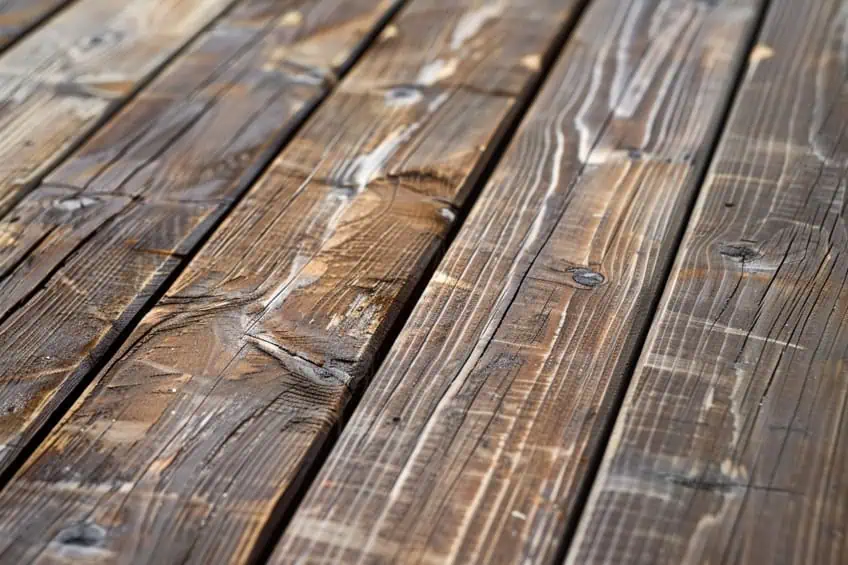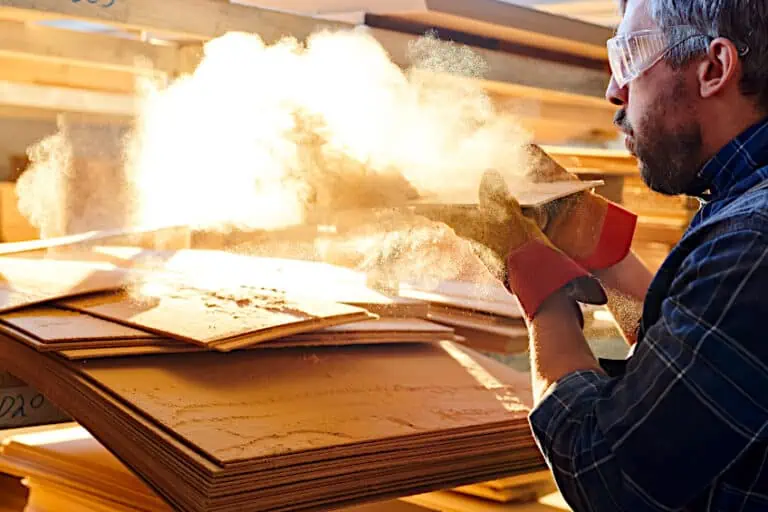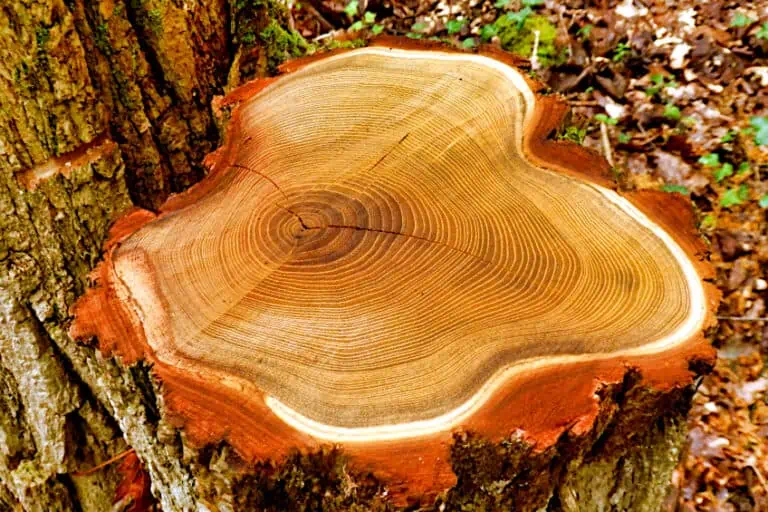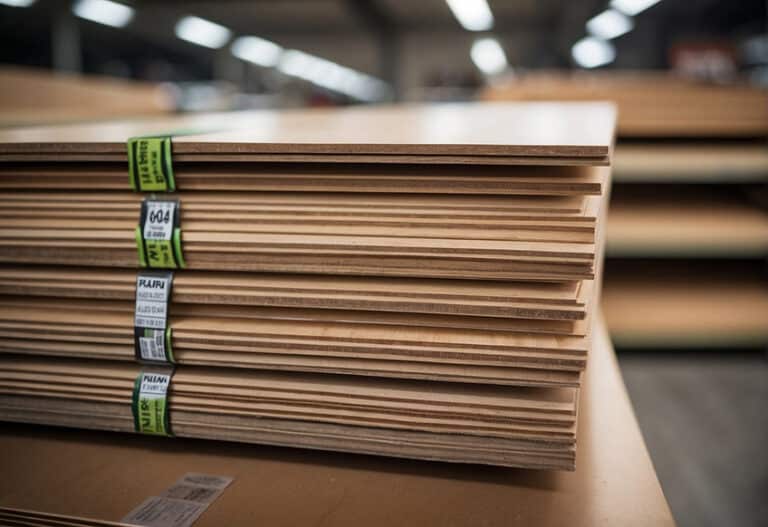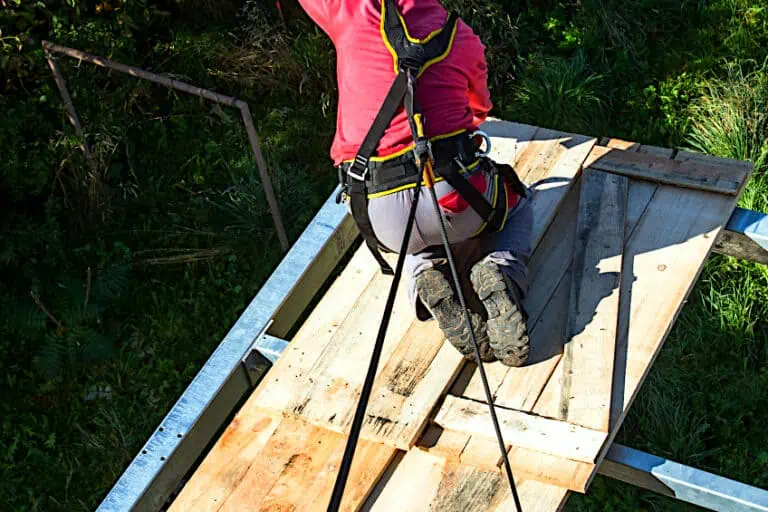Can You Burn Pressure-Treated Wood? – Fire Safety 101
When it comes to woodworking, one important consideration is whether you can burn pressure-treated wood. Pressure-treated wood is commonly used for outdoor projects due to its resistance to rot and insects, but burning it can release harmful chemicals into the air. In this article, we’ll delve into the specifics of burning pressure-treated wood, including why it’s not recommended, the potential health risks, and alternative disposal methods for this type of wood. Understanding how to safely handle pressure-treated wood is crucial for both DIY enthusiasts and professional woodworkers alike.
Key Takeaways
- Burning pressure-treated wood is not advised due to health and environmental risks.
- Toxic chemicals are released when pressure-treated wood is burned.
- Safe disposal methods should be sought instead of burning.
Understanding Pressure-Treated Wood
Pressure-treated wood has been widely used in various construction projects because of its resistance to rot and pests, extending the longevity of wood applications from decks to playgrounds. However, a commonly asked question arises concerning the disposal of such wood, especially when it’s no longer serviceable: Can it be burned? While on a technical level, pressure-treated wood can catch fire, it is not recommended to burn due to the significant health and environmental risks associated with its combustion.
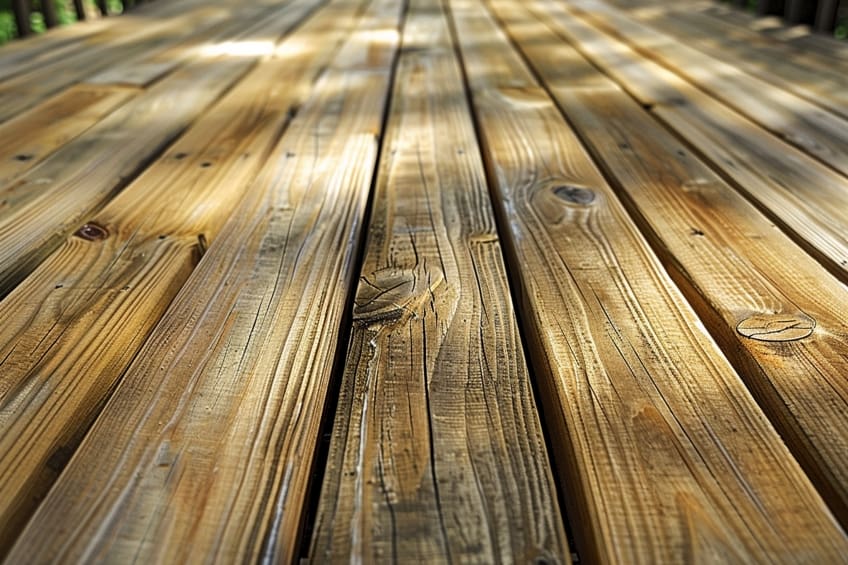
The concern with burning pressure-treated wood lies in the chemicals that are impregnated into the wood to grant it its protective properties. When burned, these chemicals, which can include substances such as arsenic, chromium, and copper, are released into the air and can result in toxic exposure. Breathing in these fumes poses serious health risks, and the residues left behind in the ashes can contaminate the soil and pose hazards to water sources. Consequently, alternative disposal methods are strongly advised to safeguard health and the environment.
This section outlines what pressure-treated wood is, how it is created, and its applications to contextualize its importance and characteristics.
What Is Pressure-Treated Wood?
Pressure-treated wood is lumber that has been impregnated with chemical preservatives to protect it from decay, insects, and fungal infection. This treatment extends its lifespan significantly, particularly in outdoor environments where exposure to the elements can lead to rapid degradation.
The Pressure Treating Process
The process of creating pressure-treated wood involves placing lumber in a sealed tank where the air is removed, creating a vacuum. Chemical preservatives, including alkaline copper quaternary (ACQ), borate, or chromated copper arsenate (CCA), are then introduced into the tank. The pressure is increased to force these chemicals deep into the wood fibers, ensuring thorough penetration and protection.
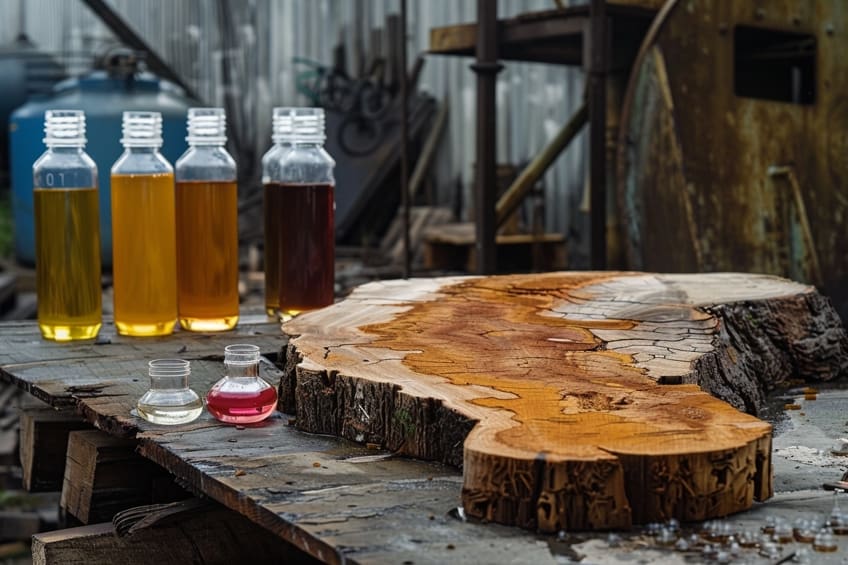
Common Uses of Pressure-Treated Wood
Due to its enhanced durability, pressure-treated wood is widely used in a variety of outdoor projects. Common applications include:
- Decking and patios
- Fencing and posts
- Outdoor furniture
- Playgrounds and swing sets
Its resistance to the elements and pests makes it an ideal choice for structures that require long-term endurance against the rigors of outdoor conditions.
Hazards of Burning Pressure-Treated Wood
Burning pressure-treated wood poses significant health and environmental hazards due to the release of toxic chemicals and the generation of hazardous waste.
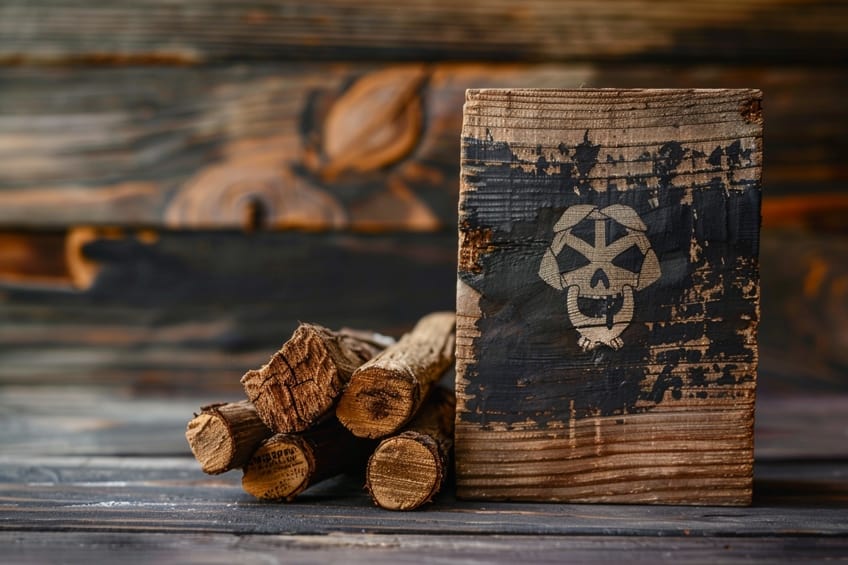
Toxic Chemicals Released During Burning
When pressure-treated lumber is subjected to fire, the combustion process releases an array of toxic fumes. These vapors often contain heavy metals and carcinogenic compounds, notably arsenic and chromium. The chemicals in the smoke pose immediate dangers to air quality, significantly elevating the risk of air pollution.
Health Risks Associated With Burning Treated Wood
Exposure to the smoke generated from burning treated wood can lead to acute and chronic health issues. Inhaling these toxic chemicals has been associated with an array of respiratory problems, with long-term consequences potentially as severe as lung cancer. Additionally, direct contact with the ash can cause skin irritation and more significant risks such as kidney damage.

Environmental Impact of Burning Treated Lumber
Aside from the immediate toxicity to humans, the environmental effects of burning pressure-treated wood are substantial. The toxic ash qualifies as hazardous waste and contaminates soil and water, leading to widespread ecological disturbances.
These environmental risks are long-lasting and can profoundly affect local ecosystems and wildlife.
Safe Alternatives to Burning Pressure-Treated Wood
Pressure-treated wood should not be burned due to the release of toxic chemicals, but it can be safely disposed of or repurposed. Here are effective alternatives.

Proper Disposal Methods
One must adhere to recommended practices for disposing of pressure-treated wood. Local landfill guidelines typically have regulations in place for handling such items. It is crucial to contact local waste management authorities to confirm if the wood can be taken to a hazardous waste facility. These facilities are equipped to handle the harmful chemicals in pressure-treated wood, ensuring they do not contaminate the environment.
If landfill disposal is the only option, one should ensure the wood is disposed of in the designated area for treated wood, to prevent soil and water contamination.
Repurposing and Recycling Treated Wood
Recycling centers may accept pressure-treated wood, repurposing it for use in non-consumer applications. For personal repurposing, treated wood can be reused in outdoor projects such as creating compost bins or borders for landscaping, where it doesn’t come into contact with food or living spaces. However, reuse should be carried out carefully, with attention to safety and avoiding contact with areas frequented by vulnerable populations. In contrast, untreated wood can be easily repurposed or recycled as regular lumber without these concerns.
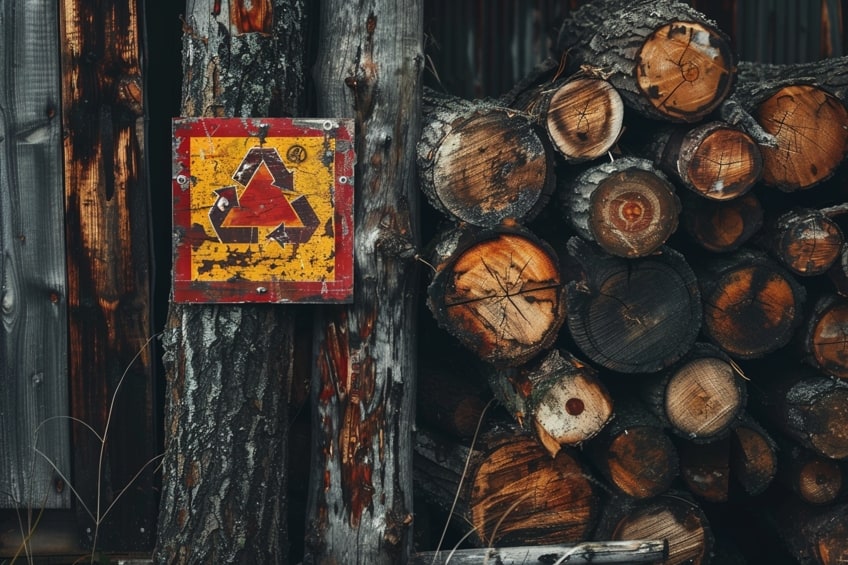
While burning pressure-treated wood may seem like a convenient disposal method, it poses significant health risks due to the release of toxic chemicals. It’s essential to prioritize safety and environmental responsibility by exploring alternative disposal options such as recycling or landfilling pressure-treated wood. By making informed choices, woodworkers can protect themselves, their communities, and the environment from the harmful effects of burning treated wood.
Frequently Asked Questions
What Are the Risks Associated With Burning Pressure-Treated Wood?
Burning pressure-treated wood releases toxic chemicals such as arsenic, chromium, and copper into the air. These substances pose a significant risk to the environment by contaminating the soil and water and can also cause serious health issues, including respiratory problems and an increased risk of cancer.
How Should I Dispose of Scrap Pressure-Treated Wood Safely?
The safe disposal of pressure-treated wood involves taking it to a local landfill or recycling center that can handle hazardous materials. It is important to avoid burning or composting treated wood due to the release of toxic chemicals.
Are There Any Dangers to Human Health When Burning Treated Wood in a Fireplace?
Burning pressure-treated wood in a fireplace or any indoor setting is particularly dangerous because it can expose individuals to hazardous fumes, such as arsenic and chromium compounds. These toxins can have severe health impacts, including respiratory irritation and long-term risks of developing certain cancers. It is highly recommended to avoid using treated wood as fuel for indoor fires.

I have been into woodworking since 2005 and woodturning since 2011. Because of my love for wood and woodworking, I started woodhappen.com to teach other enthusiasts about how to finish and seal wood, the best woodworking tools, the different types of wood, and everything else related to woodworking! Read more about me here.

